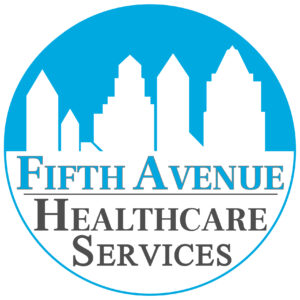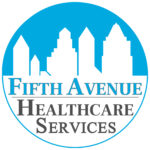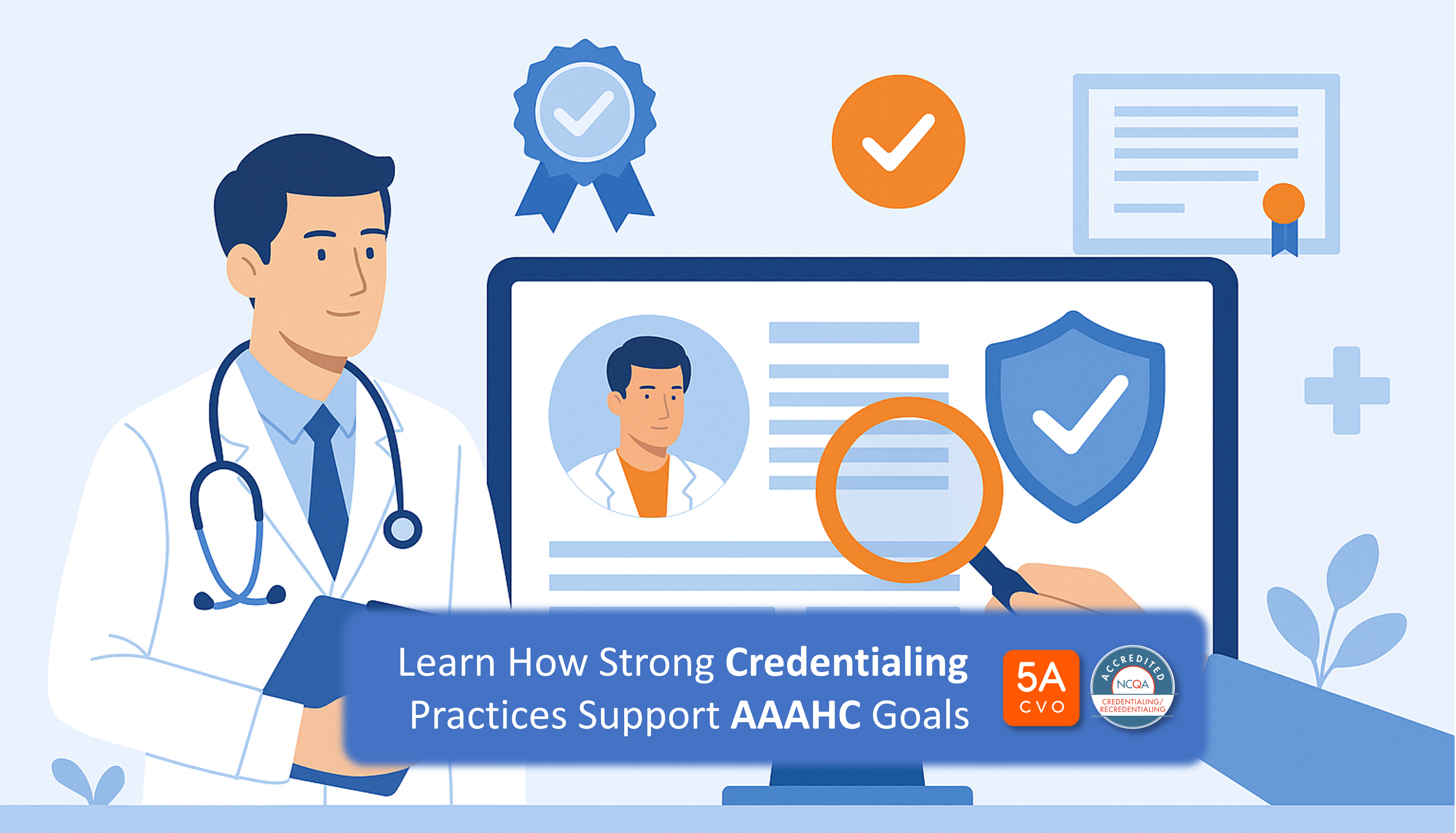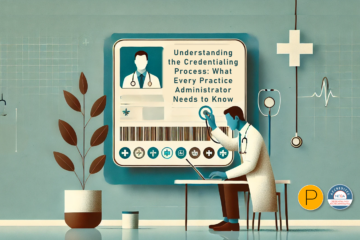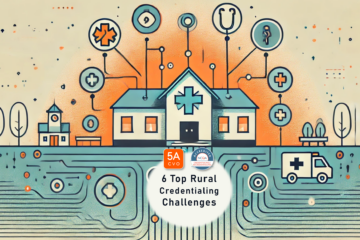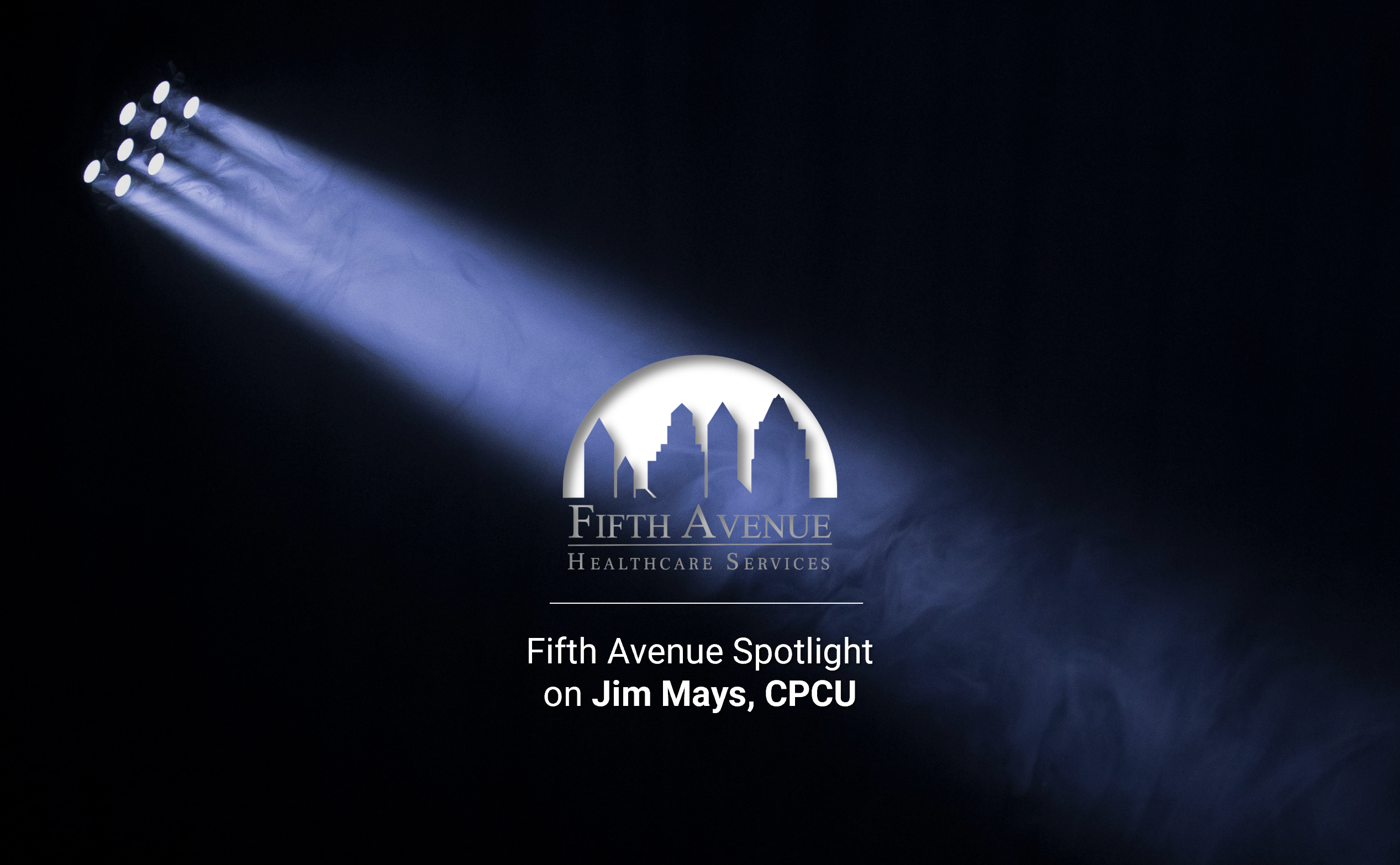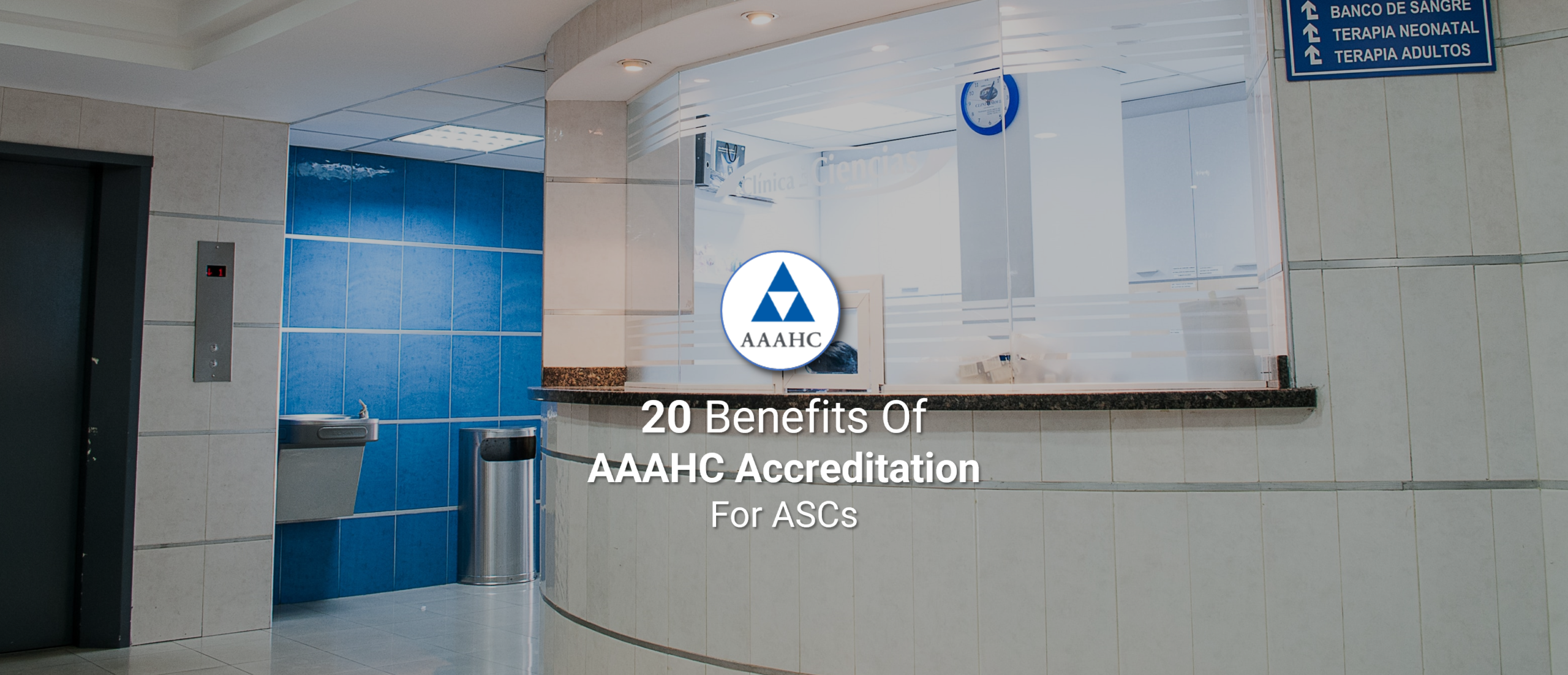As 2025 begins, healthcare organizations are presented with an opportunity to reflect on their operations and establish goals for the year ahead.
One area often overlooked during this planning process is credentialing. Yet, streamlined credentialing can be the key to driving practice growth, enhancing provider satisfaction, and reducing administrative burdens.
By starting the year with updated and optimized credentialing processes, healthcare practices can set themselves up for success and deliver exceptional patient care.

Streamlined Credentialing Starts Today
Why the New Year is the Perfect Time to Focus on Credentialing
The beginning of a new year is a natural point for reassessment and improvement. For healthcare organizations, this means looking closely at internal systems and processes, including credentialing.
Credentialing is the backbone of operational efficiency, ensuring that healthcare providers meet the necessary qualifications to deliver quality care.
However, outdated or inefficient credentialing processes can create bottlenecks, leading to delayed provider enrollments, compliance risks, and financial losses.
Here are key reasons why credentialing deserves priority at the start of the year:
- A Clean Slate for Operational Excellence: January offers the chance to review credentialing files, address gaps, and ensure compliance with payer requirements.
- Mitigating Compliance Risks: Staying ahead of credentialing deadlines and requirements minimizes the risk of audits and penalties.
- Improved Provider Satisfaction: Streamlining credentialing reduces delays in payer enrollment, enabling providers to focus on patient care rather than administrative hurdles.
- Enhanced Revenue Cycle Management: Timely credentialing ensures providers can begin billing payers without interruptions, safeguarding cash flow.
5 Top Benefits of Streamlined Credentialing for Practice Growth
Credentialing impacts multiple facets of healthcare operations, from provider satisfaction to revenue management. Streamlining this critical process can yield significant benefits:
1. Reduced Administrative Burden
Outdated credentialing workflows often involve manual processes, redundant paperwork, and siloed communication. By adopting modern solutions, healthcare organizations can automate repetitive tasks, centralize documentation, and enhance collaboration between departments.
Reducing administrative burden allows credentialing teams to focus on higher-value tasks such as resolving discrepancies and staying ahead of compliance requirements. Furthermore, staff satisfaction improves with access to efficient tools and workflows, reducing burnout and turnover.
2. Faster Provider Onboarding
Delayed credentialing can prevent new providers from treating patients and billing for services. Streamlined credentialing accelerates onboarding, ensuring providers can contribute to patient care and revenue generation as quickly as possible. Faster onboarding also strengthens recruitment efforts.
Providers are more likely to join organizations that demonstrate efficiency in getting them credentialed and enrolled with payers, giving healthcare practices a competitive edge in a tight labor market.
3. Improved Compliance and Risk Management
Credentialing errors can have serious consequences, including denied claims, payer audits, and legal liabilities. By implementing robust credentialing systems or outsourcing to a trusted credentialing provider with NCQA CR Accreditation, healthcare practices can ensure compliance with state and federal regulations and payer requirements.
Proactive compliance also protects the organization’s reputation. Avoiding high-profile incidents, such as operating with unlicensed or uncredentialed providers, fosters trust among patients and stakeholders.
4. Higher Provider Satisfaction
Providers who experience seamless credentialing are more likely to feel supported by their organizations. This can lead to higher retention rates and stronger engagement, fostering a positive workplace culture.
Satisfied providers are also more likely to refer peers to join the organization, reducing recruitment costs and enhancing the overall team dynamic. Positive provider experiences contribute to an environment where everyone can focus on delivering quality care.
5. Optimized Revenue Cycle Management
Credentialing delays can disrupt billing cycles and result in lost revenue. Efficient credentialing ensures that providers are enrolled with payers promptly, enabling smooth revenue cycles and maximizing reimbursement opportunities.
Optimizing the revenue cycle has a cascading effect on organizational growth. With steady cash flow, practices can reinvest in technology, facilities, and staff development, driving sustainable growth and improved patient outcomes.
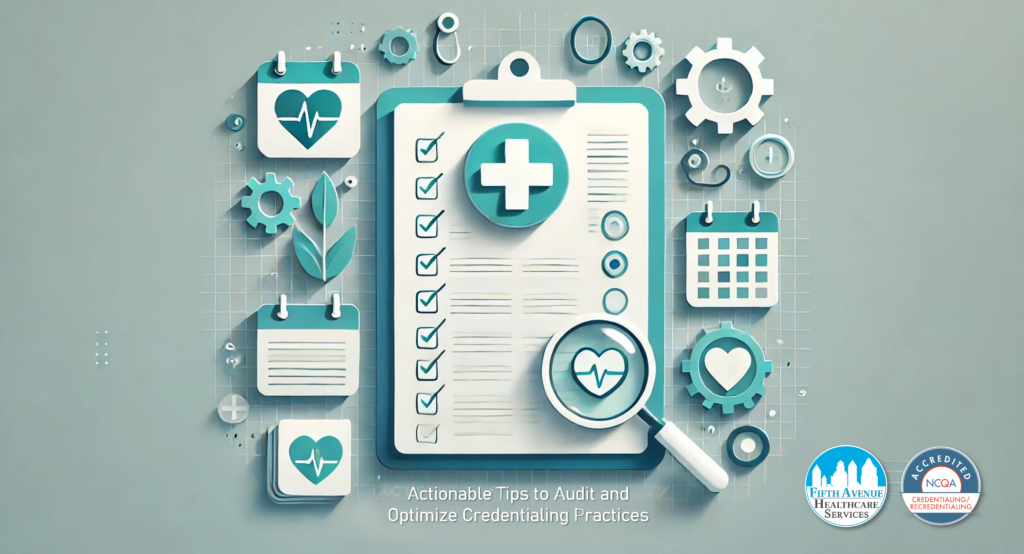
Actionable Tips to Audit and Optimize Credentialing Practices
Actionable Tips to Audit and Optimize Credentialing Practices
Improving credentialing workflows does not have to be a daunting task. By following these actionable steps, healthcare organizations can audit their current processes and implement meaningful changes:
1. Conduct a Credentialing Audit
Begin the year by reviewing your organization’s credentialing files and workflows or asking your current credentialing provider for their recent audit results. Look for:
- Incomplete or outdated provider files
- Expired licenses or certifications
- Gaps in documentation or compliance
Identify areas where errors or inefficiencies occur and prioritize them for improvement.
Consider using a checklist to guide your audit. For example:
- Are all provider licenses current?
- Have all certifications been verified through primary sources?
- Are payer enrollment records up to date?
By systematically addressing these areas, you can lay the groundwork for a streamlined credentialing process.
2. Embrace Technology
Invest in technology. Partner with a credentialing team that offers a robust credentialing web portal or invest in credentialing software that automates routine tasks, such as:
- Tracking license and certification expirations
- Verifying provider credentials through primary source verification
- Generating reports for compliance and audits
Modern credentialing platforms also offer integration with other systems, such as electronic health records (EHRs) and payer enrollment portals, to streamline workflows further.
By leveraging technology, healthcare organizations can significantly reduce manual errors and improve efficiency.
3. Establish Clear Policies and Procedures
Standardized policies and procedures ensure consistency and reduce errors. Develop a comprehensive credentialing manual that includes:
- Guidelines for collecting and verifying provider information,
- Timelines for credentialing and re-credentialing, and
- Roles and responsibilities of staff involved in the process.
Establishing clear guidelines also ensures continuity during staff transitions. New team members can quickly understand their responsibilities and follow established protocols, minimizing disruptions.
4. Leverage Outsourcing Opportunities
For healthcare organizations with limited resources, outsourcing credentialing to a trusted partner can be a game-changer. Companies like Fifth Avenue Healthcare Services offer expertise in primary source verification and payer enrollment, enabling healthcare practices to focus on patient care.
Outsourcing can also improve scalability. As your organization grows, a credentialing partner can handle increased volumes without compromising quality or timeliness.
5. Train Your Team
Credentialing is a complex process that requires specialized knowledge. Invest in training programs to keep your credentialing team updated on the latest regulations, payer requirements, and industry best practices.
Training should include:
- Regulatory updates from organizations like NCQA and CMS,
- Best practices for documentation and record-keeping, and
- Strategies for managing high volumes of credentialing requests.
A well-trained team is better equipped to handle challenges and maintain compliance, reducing the risk of errors and delays.
6. Monitor and Measure Performance
Track key performance indicators (KPIs) to assess the efficiency and effectiveness of your credentialing processes.
Examples of credentialing KPIs include:
- Average time to complete credentialing,
- Number of provider files with errors, and
- Percentage of on-time re-credentialing completions.
Use these metrics to identify trends and areas for continuous improvement. Regular performance reviews also keep your team focused on achieving organizational goals.
Real-Life Example: The Impact of Streamlined Credentialing
Consider a multi-specialty practice in Oklahoma that struggled with lengthy credentialing processes. Delays in payer enrollment resulted in $500,000 in lost revenue annually.
By partnering with Fifth Avenue Healthcare Services, the practice implemented a streamlined credentialing system that reduced enrollment times by 40%. This improvement recaptured lost revenue and enhanced provider satisfaction and patient access to care.
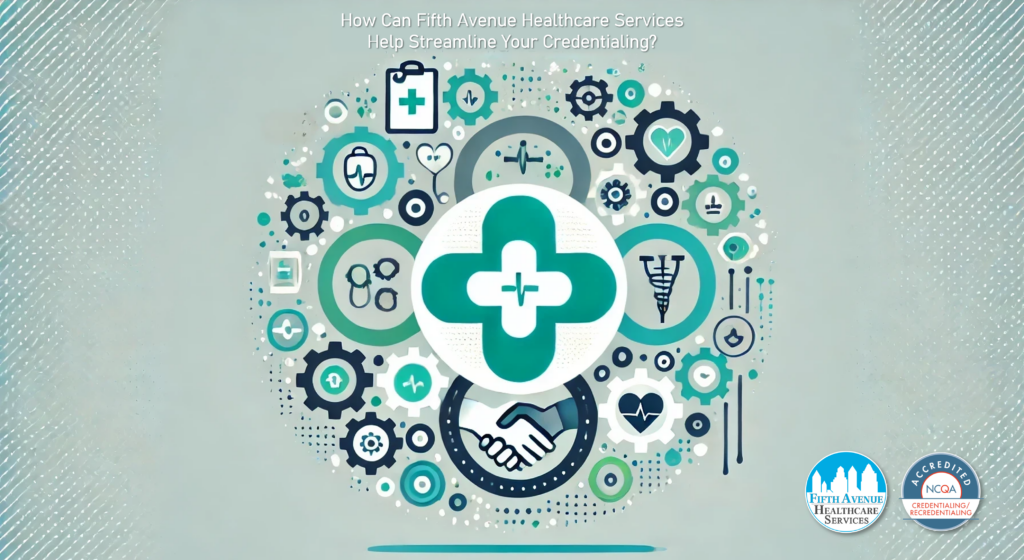
Fifth Avenue Healthcare Services Can Help Streamline Your Credentialing
How Fifth Avenue Healthcare Services Can Help
Fifth Avenue Healthcare Services specializes in helping healthcare organizations optimize their credentialing processes. Our expertise in primary source verification, payer enrollment, and compliance management empowers practices to achieve operational and financial goals.
Fifth Avenue’s streamlined credentialing solutions include:
- Credentialing Web Portal: Automate and centralize your credentialing workflows through a robust credentialing web portal.
- Outsourced Credentialing Services: Leverage our credentialing team’s expertise to manage the entire credentialing lifecycle.
- Synergy and Collaboration: We collaborate closely with our sister companies and partners. By leveraging our combined technological and human expertise, we deliver credentialing services at a 69% reduced cost and more than 90 days faster than traditional methods. This innovative approach reduces conventional credentialing from 52 steps to just 6 simple steps for a provider to receive a completed credentialing file.
Conclusion: Start 2025 with Credentialing Excellence
Streamlined credentialing is more than an administrative task—it’s a strategic investment in your practice’s growth and success. By prioritizing credentialing improvements at the start of the year, healthcare organizations can reduce administrative burdens, enhance provider satisfaction, and optimize revenue cycles.
Let 2025 be the year your practice embraces credentialing excellence. Ready to transform your credentialing processes? Complete the Contact Us page to submit your information request, or visit Fifth Avenue Healthcare Services to learn more about our comprehensive solutions and how we can help your practice thrive in the new year.
Fifth Avenue Healthcare Services originally published this article here.

